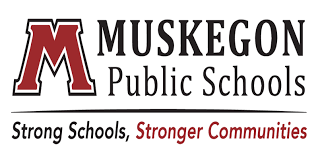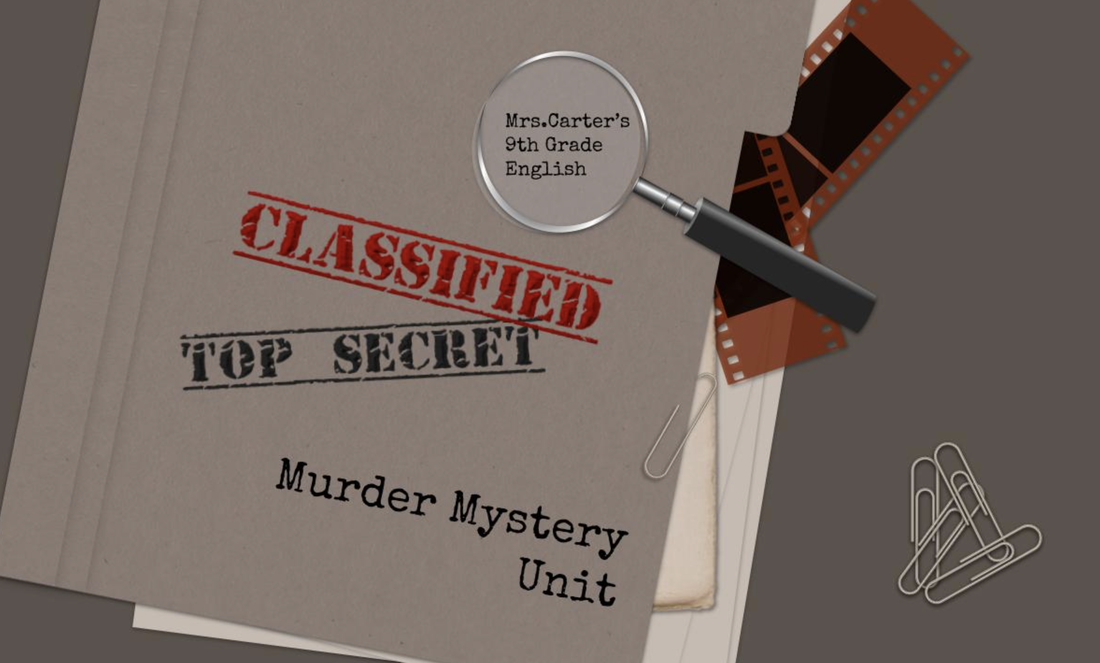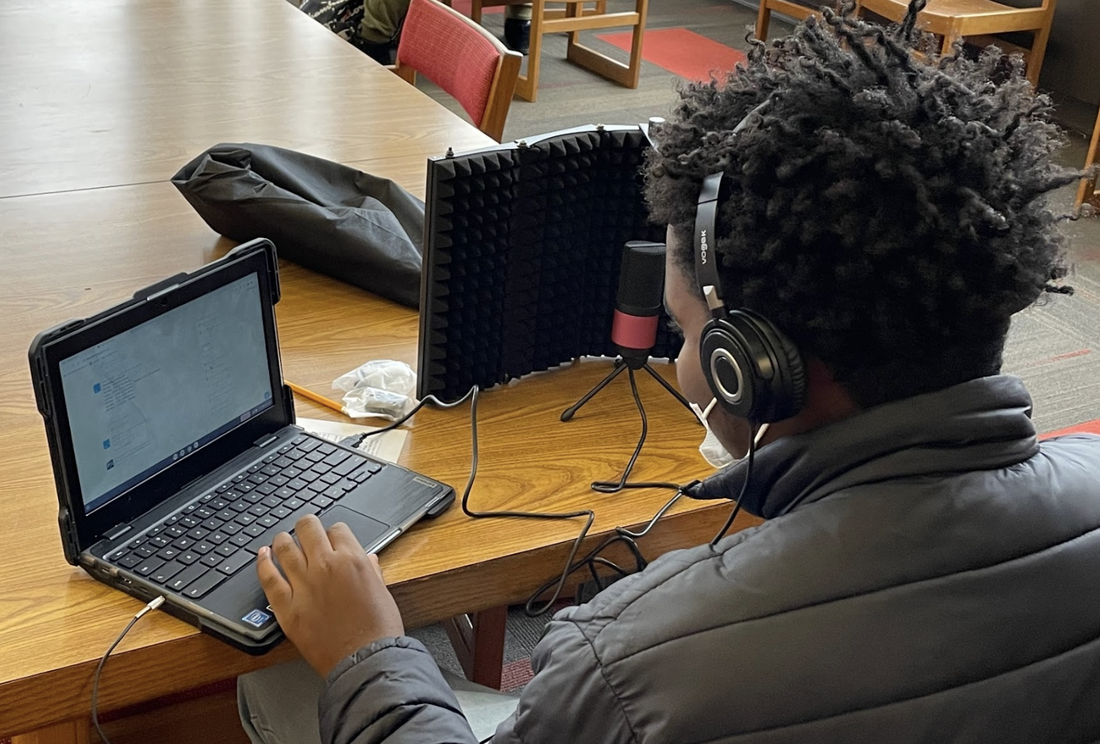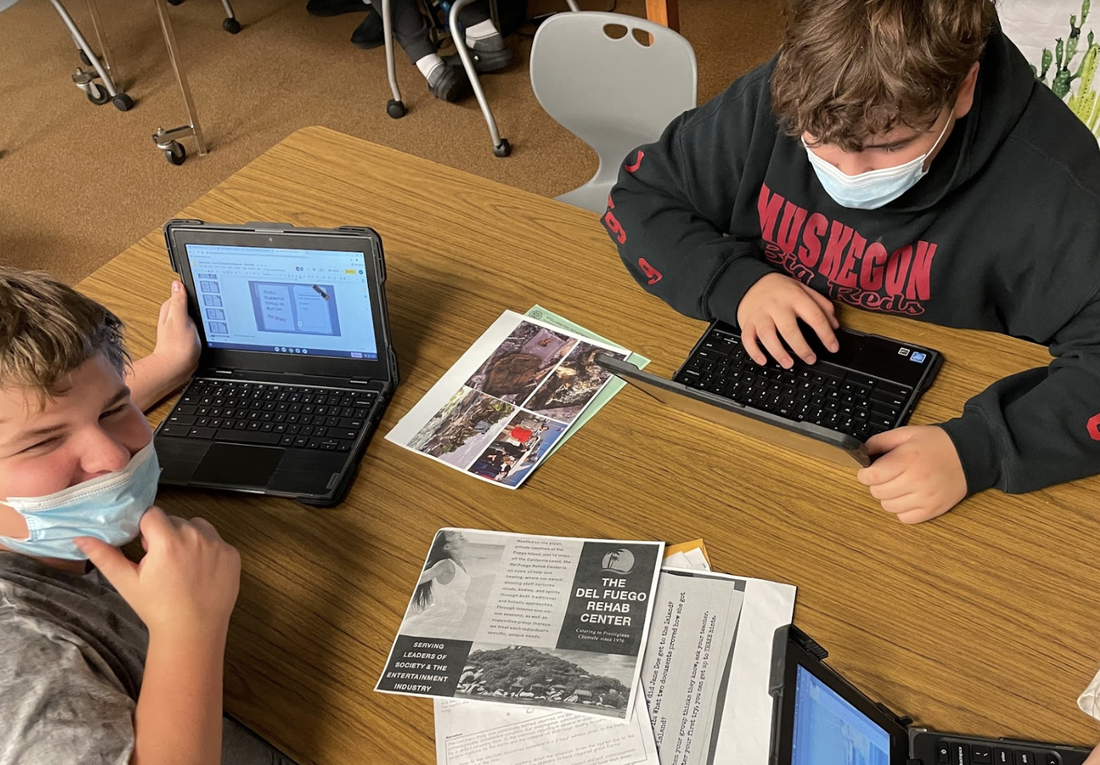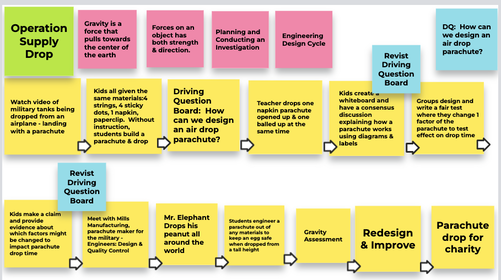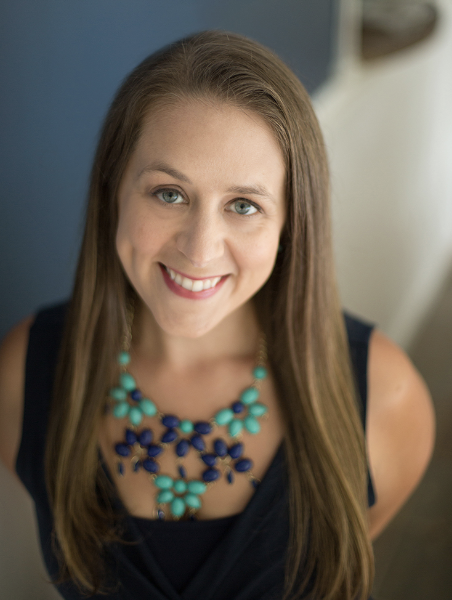Why do some cases go unsolved?
|
|
|
STUDENT REFLECTIONS Did you enjoy this murder mystery unit? Why?
“Yes, I did. I never solved an actual mystery this good and I feel good about it.” -Persiah B. “Yes I enjoyed it because it was very interesting and I got to be an investigator for a few weeks like it was real life. It was fun to do “different” kinds of work that didn’t feel like school work. It was exciting and different each day.” -Semaja S. What challenges did your group face? Did you overcome them? “The challenges that we faced was finding the right evidence that we needed for each objective.” -Matthew T. “Me and my group’s challenges that we faced were trying to do everything at once but we overcame them by splitting it into chunks and we each worked on one at a time.” -Semaja S |
|

|
Meet the Educator:
Tricia Carter teaches 9th grade English at Muskegon High School. "PBL has changed the way I view learning in my classroom. I’ve always felt a pull to take my students away from “traditional high school classrooms.” Yet, that seemed challenging for my ELA curriculum. PBL has taught me our students thrive on real world projects, and it has changed the way I plan my units." |
